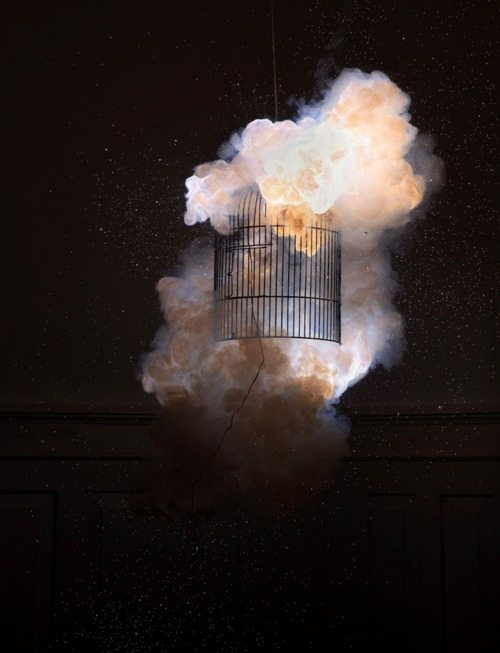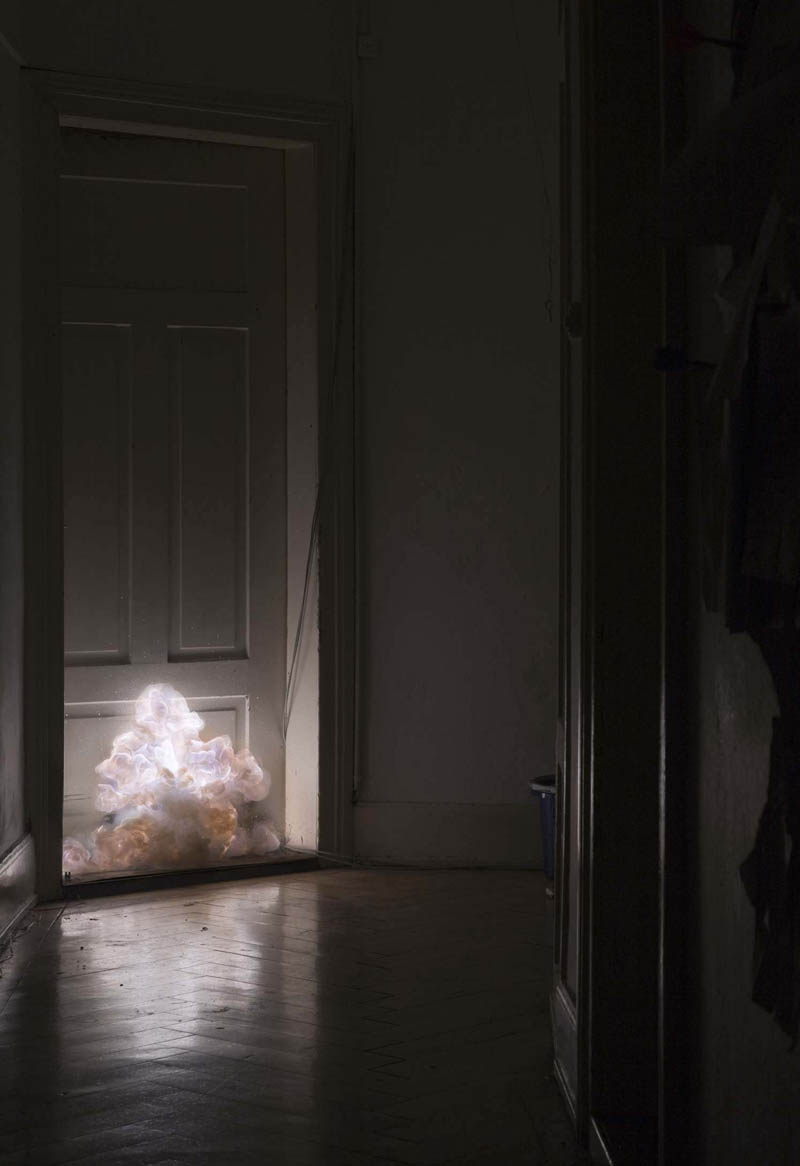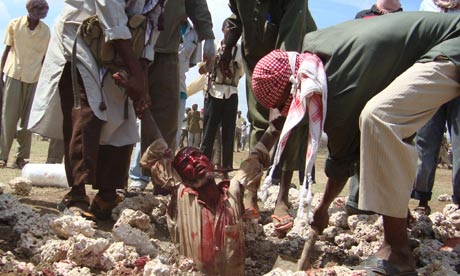The Language of water
The body of work 'Language of water' by John Grant looks that that way in which water moves, the way in this is explored is by using die to see the different currants that have been made by the water as it moves around the canister.
This work again requires the attention of the viewer, by looking at the work you can begin to see the different shapes and patterns that are made by the dye in the water.
'My interest is to create imagery that holds attention. Speaking out from a source of
wisdom, connection to self, or from some seemingly important question or even simple
wonderment.
I express myself using contemporary photographic tools, but stretching them as
imagination allows.' - John Grant, Artist Statement.

Adrift with Flowers
The second body of work that looks at creating abstract images that look more like detailed illustration.
The flowers are submerged in tanks of water where they are suspended in ghostly formations.
The use of water in Grants work could be seen and represented as many different things. Water is a powerful force, but it has calming qualities that relate to nature and life.
'In my photographic work I seek to distil and dramatize natural elements, transforming them into symbolic metaphor. I embraced the often clichéd or sentimental botanical portrayal, presenting objects in ways that infuse them with an enigmatic quality that expands expectations and tweaks the imagination.' John Grant - Statement.




















